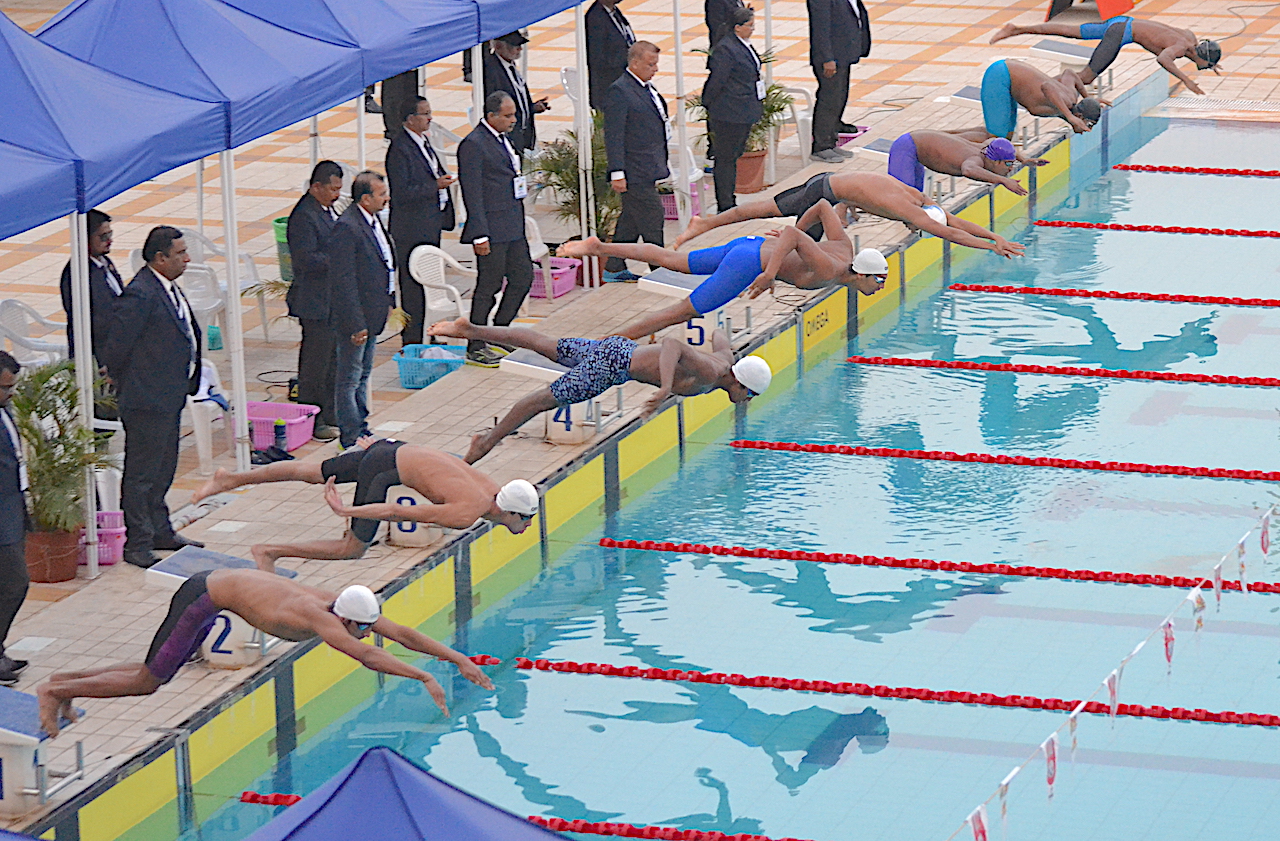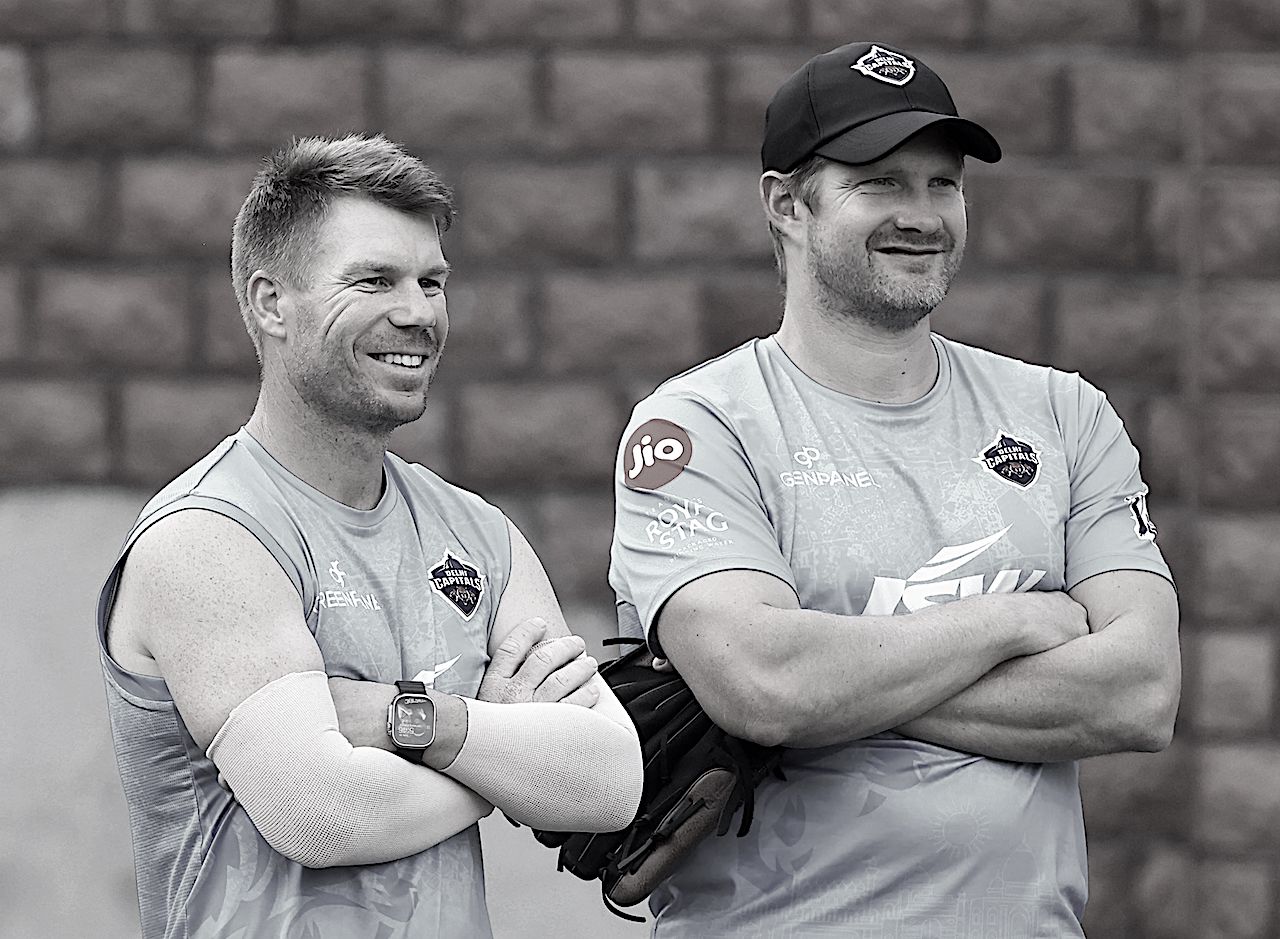DURBAN – All right. It’s time to stick my neck out and fellow traditionalists to start breathing easy. T20 is not about to corrupt cricket technique. If anything, it has placed a premium on those who have a sound grip on technique and are prepared to stick to the basics. Batsmen and bowlers alike have had to draw from their skills to make an impact.
We have seen England’s Kevin Pietersen employ the powerful reverse sweep – well, it is a left-hander’s sweep that he plays – but that is a stroke that has been around in one-day internationals for some years now. We have also watched Bangladesh’s Mohammed Ashraful use the paddle over the wicket-keeper creatively but he unveiled that at the ICC Cricket World Cup 2007.
No batsman who is strolling all over the crease hopefully has been able to connect the ball as well as one who prefers being still and reads the ball as it leaves the bowler’s hands. In fact, anyone who has played a premeditated slog has paid a price. Copy book shots have dominated batsmanship at the ICC World Twenty20. At the bowling crease, spinners like Daniel Vettori and Harbhajan Singh have held their own while the quicker bowlers have made an impact, too.
Indeed, more purists’ delights have made his presence felt than the unorthodox. You could argue that Zimbabwe’s Brendan Taylor succeeded against Australia and Bangladesh Ashraful against the West Indies but these are exceptions to the rule than the rule itself. The bowlers who have taken wickets or have good economy rates are all those who do well in conventional cricket.
“T20 has proved to be not a young man’s game but a good cricketer’s game,” Sussex coach Mark Robinson has been quoted as saying in the official souvenir. “Of course, you have got to have the enthusiasm to throw yourself around but it’s more than that. It’s about players with highly developed mutli-dimensional skills.”
And that is what the Indian skipper Mahendra Singh Dhoni was alluding to when he justified not playing young leg-spinner Piyush Chawla in the game against New Zealand. “If Piyush plays, we are one batsman short, someone who can slog at the end or make runs towards the end,” he said. “We are relying on batsmen or bowlers who can bat. Irfan Pathan, Harbhajan Singh and Ajit Agarkar can contribute with the bat.”
There is no question that Twenty20 is a demanding game. It does not offer any room for error for batsman, bowler, fielder – or captain. Surely not for those who are not thinking on their feet. England captain Paul Collingwood held back the big-hitting Dmitri Mascarenhas behind Jeremey Snape and paid a big price against South Africa.
On the contrary, New Zealand captain Daniel Vettori exhibited great tactical acumen – each of his gambles working – against India after Craig McMillan and Jacob Oram gave his team a fighting chance and even after Virender Sehwag and Gautam Gambhir gave India a wonderful start.
Yes, world cricket needed an event of this magnitude for the disbelievers to convert to the gospel of T20. The intensity with which the teams have fought the battles have delighted the crowds. The matches so far have proved that it is not hit and giggle cricket. Hit and miss may be – as Pietersen believes – but certainly not hit and giggle.



